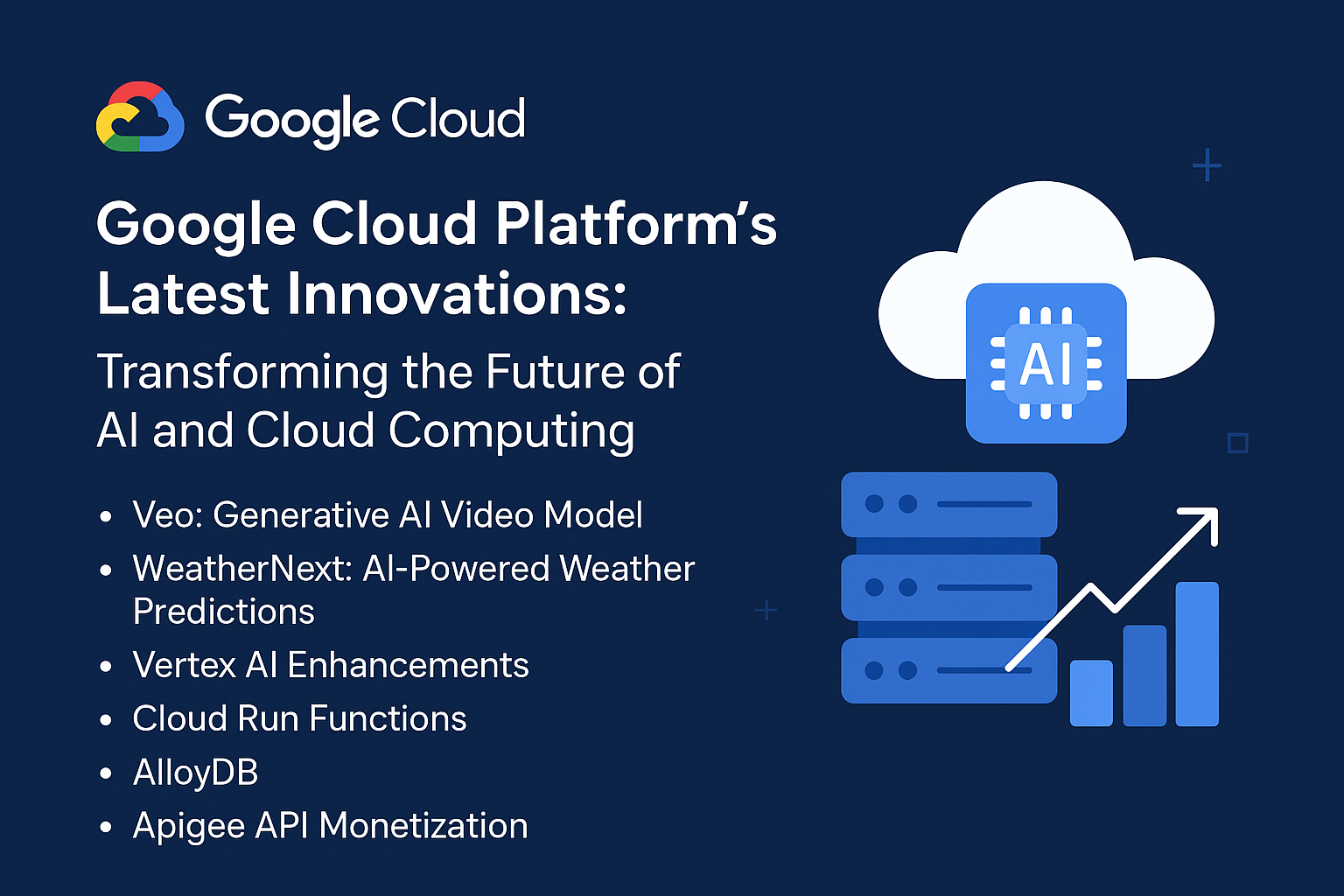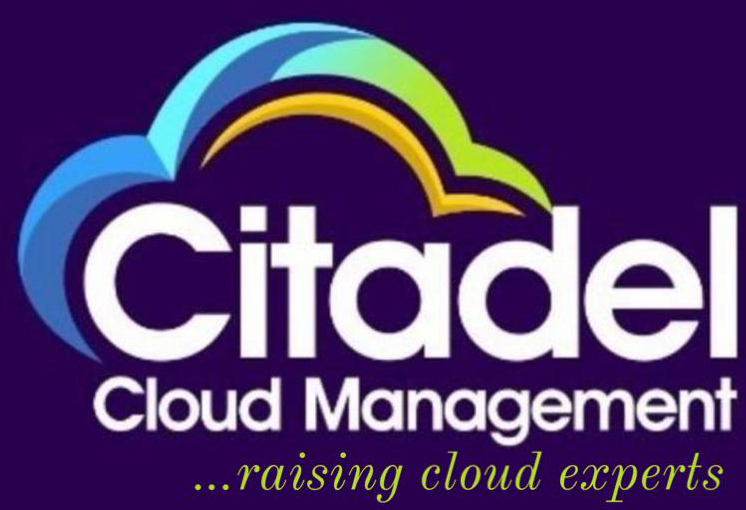
Common Cloud Security Vulnerabilities and How to Fix Them
Kehinde Ogunlowo
Table of Contents: Common Cloud Security Vulnerabilities and How to Fix Them
- Misconfigured Cloud Settings
- Overview: One of the most common vulnerabilities in cloud environments is misconfiguration. It can lead to data exposure, unauthorized access, and other security risks. Misconfigurations can occur at any layer of the cloud, from network settings to permissions.
- Fixes:
- Use automated configuration tools to regularly check your cloud infrastructure.
- Apply the principle of least privilege to restrict access to sensitive data.
- Implement Identity and Access Management (IAM) best practices, including multi-factor authentication (MFA) and granular role-based access controls (RBAC).
- Enable logging and monitoring to detect suspicious activity early.
- Resources:
- Insecure APIs
- Overview: APIs are the backbone of many cloud services, but if not properly secured, they are a common point of vulnerability. Insecure APIs can expose your cloud environment to cyberattacks, such as injection attacks, authentication flaws, and data breaches.
- Fixes:
- Implement secure authentication (OAuth, API keys, JWT).
- Perform regular penetration testing on APIs.
- Ensure data is encrypted both in transit and at rest.
- Limit the amount of sensitive data exposed via APIs.
- Use API gateway services to manage and monitor API traffic.
- Resources:
- Lack of Data Encryption
- Overview: Not encrypting sensitive data in the cloud can result in unauthorized access to valuable information if an attacker compromises your environment. Both data in transit and at rest should be encrypted using strong encryption standards.
- Fixes:
- Use industry-standard encryption methods (e.g., AES-256) for data at rest.
- Use secure protocols like TLS for data in transit.
- Regularly rotate encryption keys and manage them securely.
- Ensure encryption policies are enforced across all cloud services.
- Resources:
- Insufficient Identity and Access Management (IAM)
- Overview: Cloud environments are often prone to privilege escalation and unauthorized access if IAM policies are too lax or misconfigured. Users should only be granted the minimum necessary access to perform their tasks.
- Fixes:
- Apply the principle of least privilege for access controls.
- Implement multi-factor authentication (MFA) for all accounts, especially administrative accounts.
- Regularly audit and review user permissions and roles.
- Use identity federation for centralizing authentication across multiple cloud platforms.
- Resources:
- Improper Logging and Monitoring
- Overview: Without adequate logging and monitoring in place, malicious activity can go undetected, leading to data loss, service disruptions, or system compromises. Logs can help track suspicious behavior and provide insights into potential security threats.
- Fixes:
- Implement comprehensive logging and use centralized log management tools.
- Set up alerts for abnormal activities and ensure timely response to suspicious events.
- Regularly review logs and perform security audits.
- Use AI and machine learning-based solutions for enhanced detection and response.
- Resources:
- Lack of Network Security
- Overview: In cloud environments, network security is crucial to prevent unauthorized access. Insecure network configurations such as open ports, unprotected virtual machines (VMs), and weak firewall rules can expose your cloud services to attacks.
- Fixes:
- Implement firewalls and security groups to restrict incoming and outgoing traffic.
- Use virtual private networks (VPNs) and private subnets to isolate sensitive workloads.
- Ensure all VMs and containers have the latest patches and security updates.
- Regularly review network security configurations and conduct vulnerability scans.
- Resources:
- Insecure Containers and Serverless Architectures
- Overview: Containers and serverless computing have become popular due to their flexibility and scalability. However, they introduce new security risks such as misconfigurations, insecure container images, and lack of isolation.
- Fixes:
- Use trusted container images from official repositories and regularly update them.
- Scan containers for vulnerabilities before deployment.
- Implement proper isolation techniques for containers and serverless functions.
- Apply network segmentation to limit lateral movement in case of a breach.
- Resources:
- Data Loss and Backup Issues
- Overview: Cloud service providers offer reliable storage, but mismanagement of backups or lack of backup solutions can lead to permanent data loss, especially during attacks like ransomware.
- Fixes:
- Regularly back up critical data to geographically diverse locations.
- Test backup systems to ensure data can be restored when needed.
- Use versioning and automated backup policies for cloud storage.
- Resources:
- Unpatched Software and Vulnerabilities
- Overview: Keeping software up to date in the cloud environment is crucial to avoid exploits based on known vulnerabilities. Attackers frequently target unpatched software to gain unauthorized access.
- Fixes:
- Regularly update cloud infrastructure, including VMs, containers, and serverless functions.
- Implement automated patch management solutions.
- Conduct vulnerability assessments and remediation efforts.
- Resources:
Facebook
Twitter
LinkedIn
Table of Contents
Latest Articles

ADDRESS
Houston, Texas USA
US LINE
+1 (346) 652-4970
NIGERIA LINE
081 2852 0152
MAIL ADDRESS
info@citadelcloudmanagement.com
QUICK LINKS
- © 2025. All Rights Reserved By Citadel Cloud Management
Sign In
This website uses cookies and asks your personal data to enhance your browsing experience. We are committed to protecting your privacy and ensuring your data is handled in compliance with the General Data Protection Regulation (GDPR).
